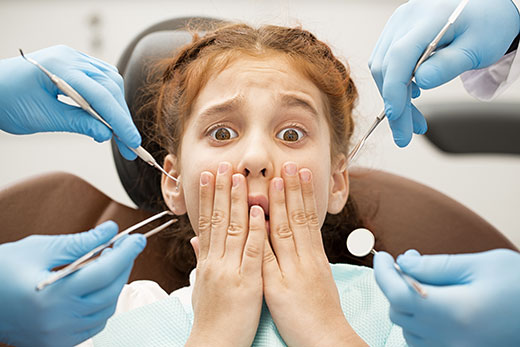
Management of dental anxiety at Crawley Anxious emergency dentist
Many of the patients we treat are referred to our service because of their dental anxiety. Our staff are highly skilled and trained at helping patient manage their anxiety. Management of anxiety without drugs (non-pharmacological) .There are several management techniques that we use within our service at anxious patient emergency dentist Crawley.
Negotiated stop sign
Research clearly shows that patient’s anxiety levels are significantly reduced if they know that they can pause treatment. The dental professional at Crawley Anxious patient emergency dentist, who is providing your treatment, will ask you to raise your hand if you want to pause treatment. As soon as your hand is raised the dental professional will immediately stop treatment and only continue when you feel ready to do so.
Tell-show-do
The dental professional at our anxious emergency dentist crawley will tell you about the procedure, show you what instruments they will use and then carry out the procedure. There are a small number of patients who prefer to know only generalities. If you or your child is like this, please make sure the clinician knows, so that they know how to manage you.
Modelling
A number of anxious children respond well to this technique. The anxious child will observe another patient having dental treatment at our anxious patient dental surgery crawley. The patient that is being observed will need to be predictably reliable and well behaved at the dentist, therefore modelling the type of behaviour that we want to instil in the anxious child. Ideally the anxious child would observe an older and more confident sibling.
Voice control
One of the strategies the clinician at our anxious patient dental practise Crawley can use involves raising the volume of voice, and the harshness of it. This is often used by others specialising in management of children, and indeed teachers and parents will often use it when behaviour becomes intolerable at school or at home. It is important if the clinician chooses to use this form of management that the parent realises that this is not because they are losing their temper with the child, but recruiting another technique to manage unacceptable behaviour and enable the child to bring it under control.
Behaviour shaping and positive reinforcement
Behaviour shaping is defined as a series of steps towards the ideal behaviour. By rewarding good behaviour we hope to teach children to behave in such a manner that allows adequate dental treatment to take place. This can be achieved by giving stickers to children at the end of a successful appointment, facial expressions, approval by pat on the shoulder or other reinforcing touch and words.
Negative reinforcement
This type of behaviour management at anxious patient dental Crawley is usually used if other behaviour management techniques are unsuccessful. The technique will be explained to and agreed by the parent prior to engaging the child. If behaviour becomes inappropriate without good reason, the parent is asked to leave the surgery, with the child being told clearly the reason why, and what behaviour will result in the parent’s return. Ideally, the parent should move to a place outside the room where they can still hear,but be out of sight of the child. When appropriate behaviour is exhibited the parent is asked to return, thus reinforcing that behaviour.
Distraction
This approach at anxious patient dental Crawley aims to distract the patient’s attention from the dental setting to some other situation. Music, asking the patient to raise legs or wiggle toes, using distracting words and phrases are all examples of distraction techniques. Patients are invited to bring their MP3 player if they feel this would help. If you’re not careful the dentist might even sing to you!
Desensitisation
This technique helps individuals overcome specific fears or phobias. Within dentistry, fears are usually related to a specific procedure such as use of local anaesthetic (a needle). The desensitization technique hopes to overcome this fear by exposing the patient, gradually to each stage of the procedure. First, the patient is taught to relax, and in this state exposed to each stage of the procedure. This can mean that 2 visits may be spent on this before active treatment can commence.
What can you do to support your child?
- Be aware of your own fears. Try not to pass them to your child
- Avoid use of unhelpful phrases for example “Don’t worry” “It won’t hurt”
- Use phrases like “You are doing very well” “Good boy, you are keeping really still” “Good girl, you are keeping your mouth really wide open.”
- Do hold your child’s hand if appropriate
- Try and keep your body language, facial expression and tone of voice positive
- Please leave the description of the procedures to the dental professional
